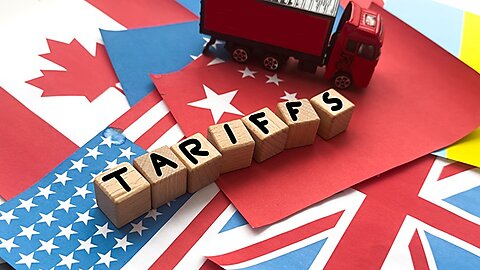
In a ruling issued on April 17, the European Data Protection Board (EDPB) issued a decision that could unravel the very viability of social media company business models. The technical, inside‐baseball nature of the case involving advertising and data privacy means it has flown under the radar but nonetheless presents a dangerous precedent that uniquely targets American tech companies.
So first, what is going on in this case? In the EU, the sprawling General Data Protection Regulation (GDPR) places many demands on companies in how they manage the data of users, including requiring users to consent to the use of their data. As a result, Meta decided it would offer users two ways to use its platforms:
Users have the free, standard method, in which their user data is collected to create personalized and tailored ads.
In exchange for a small monthly fee, in essence a subscription, users can refuse to have their data collected to personalize ads.
The new EDPB decision, however, considered and rejected this fee‐based alternative model, demanding that “large platforms” offer an option in which platforms provide their services for free but do not use customer data to target ads.
This goes to the heart of how social media and many other online services are funded. Users and policymakers often forget that the reason many online platforms are free is because they run ads. When in a now‐famous 2018 congressional hearing, Senator Orrin Hatch confusedly asked Mark Zuckerberg how Facebook could “sustain a business model in which users don’t pay for your service?” Zuckerberg simply replied, “Senator, we run ads.” This awkward interaction sparked a host of articles and memes mocking Congress’s failure to understand the way these companies operate.
This decision by the EDPB deserves the same treatment because it either completely fails to understand how online businesses work or does understand but simply does not care about the harm it will inflict on US businesses. By targeting its decision only at “large platforms,” the EDPB shows that it has no problem allowing the use of personal data for targeted advertising when done by smaller companies, conveniently protecting European companies.
Let’s be clear about what this decision does. The decision states:
The offering of (only) a paid alternative to the service which includes processing for behavioural advertising purposes should not be the default way forward for controllers. When developing the alternative to the version of the service with behavioural advertising, large online platforms should consider providing data subjects with an ‘equivalent alternative’ that does not entail the payment of a fee. If controllers choose to charge a fee for access to the ‘equivalent alternative’, controllers should consider also offering a further alternative, free of charge, without behavioural advertising, e.g. with a form of advertising involving the processing of less (or no) personal data.
The EDPB is demanding that beyond the normal ads‐driven model or the subscription model, Meta and other large platforms must provide a service at no charge but also not have personalized ads. The problem is that the whole reason advertisers pay high premiums for ads is so they can focus their ads on the types of users that will buy their products, support their candidate, or otherwise engage with them.
If a company is selling a first‐person shooter video game, its target demographic is generally young men who, through their social media behaviors, have shown that they like playing video games. Similarly, if a company is selling professional women’s attire, its audience is working‐aged women who have expressed interest in buying professional clothing online.
But if the company selling the video game did not have access to the data on who likes video games, that means it must advertise as much to women looking to buy a pantsuit as it does video gamers. Conversely, the women’s clothing company will be advertising its dresses and skirts to work from home video gamers.
If that sounds like a bad way to advertise, both for the advertiser and the consumer, you would be right. But that’s exactly what the new EDPB decision would require.
This means that advertisers will not find ads to be worth as much. Large platforms will need to drastically lower the costs of ads to keep selling them. But if they change nothing else, that means platforms will make a lot less money and may even lose money. And even if a platform thought it could take the hit of losing money in Europe, then every other country in the world could demand that its users get the same treatment. That isn’t sustainable.
So realistically, what are the options here? Well, if large platforms can’t make as much money per advertisement, then they might need to increase the number of ads users see. This would be frustrating for EU users as they would have to wade through countless, untargeted ads in their social media feeds. Not a great option and one that regulators might arbitrarily complain is not “fair” to EU users.
Or platforms will simply cease operating in the EU. Together with ever‐increasing regulations under the new Digital Markets Act and Digital Services Act, this decision must raise the question of whether or not the EU market is worth it. While EU regulators may think their market is too important and too valuable to leave, this decision may be the straw that breaks the camel’s back.
Social media users across the EU may soon find out the hard way that requiring large tech companies to provide their services for free will not work the way the EDPB hopes it will.



